Down by the Cool of the Pool Story-related Science Pack For Preschoolers
Affiliate Disclosure: “This post contains affiliate links, which means I receive a small commission, at no extra cost to you, if you make a purchase using those links.”
This FREE Down by the Cool of the Pool Science Pack that goes with the book of the same name written by Tony Mitton, includes fact cards and real pictures for each of the animals in the story, a matching activity, frog’s body parts, and other activities that will help your preschoolers learn some more science, in a fun way.
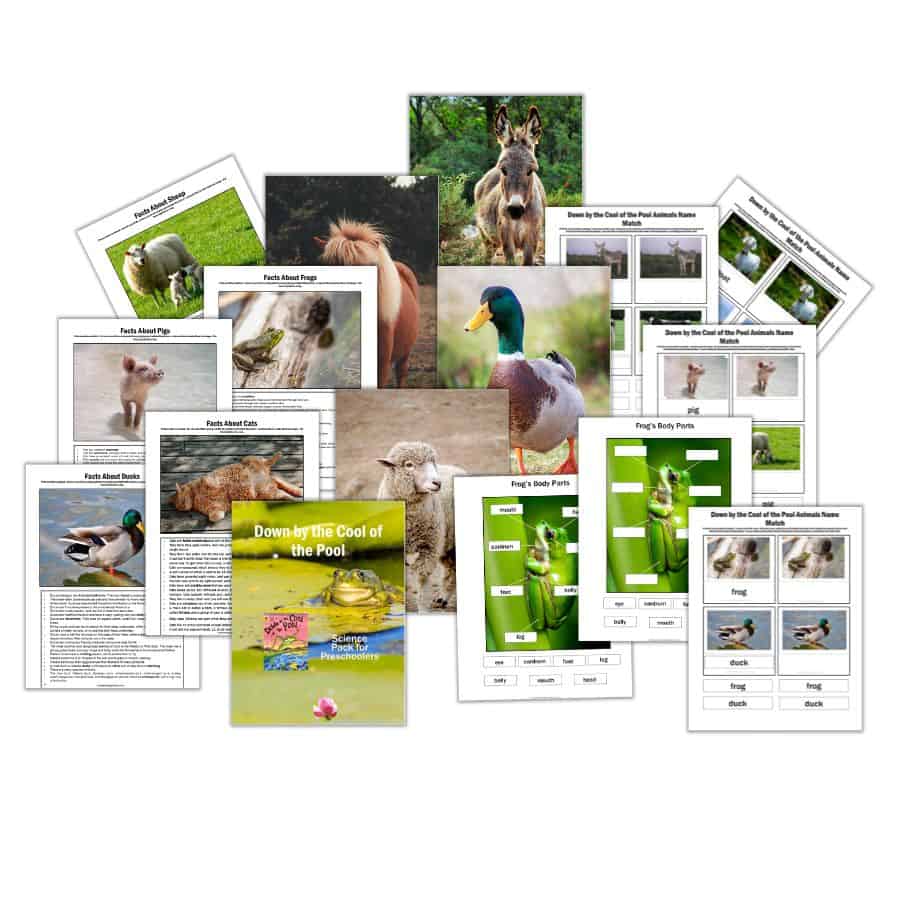
I love using storybooks to teach most of the domains, if not all of them, and this fun story is no different. This book allows you to teach your preschoolers special characteristics about these animals and create science lessons that will complement perfectly the ones I suggested in the literacy and math packs.
Like math, science is everywhere. In the animals they see, in the environment, they enjoy, in the weather, in themselves, and I have noticed over the years that preschool teachers sometimes feel intimidated by science thinking that it’s difficult to teach. I promise is not. We just have to use the resources that are all around us, and make it fun for the kiddos, to help them understand how nature works and learn to love and protect it.
Benefits of Teaching Science to Preschoolers
Children are naturally curious. They always want to find out the how and why of things. That is why we must take advantage of their natural curiosity and help them develop their scientific thinking, in a fun and interactive way, which will provide them with many benefits, such as:
- Use their interest in exploring and experimenting to establish a positive connection to science and encourage them to love it and stay interested for many years, if not thorough their entire life.
- Stimulate their scientific thinking and help them make sense of the world around them, and understand why things happened and how they work.
- Extend their vocabulary promoting the development of language using scientific words, their communication, teamwork and cooperation, reasoning, and problem-solving skills. You can use science to teach every domain because it can easily tie up to literacy, math, and art. Therefore, always encourage your children to ask questions, observe different types of natural phenomena, experiment, and explore, but, most importantly, give them plenty of opportunities to do just that by offering fun, interactive, and hands-on experiences.
Down by the Cool of the Pool Science Pack
There are many science activities you can do using this storybook as a base. These are just some ideas you can use.
Introducing The Animals In The Story
The Down by the Cool of the Pool Science Pack included beautiful pictures of each of the animals in the story (frog, duck, pig, sheep, cat, dog, goat, pony, donkey, and cow). To introduce each of the animals you can:
- Stand in front of your children, show one of the pictures to the children, and say the name of the animal, for example, a frog.
- Ask your preschoolers what they know about the animal you are introducing. You can use a KWL chart (K = what they know; W = what they want to know and L = what they learn), that way you can come back to the chart and review the animal or animals you already introduced before you introduce the next one.
- Write down everything they know about the animal in the K column and everything they want to know under the W column. When you review what they learned about that animal, write down the information in the L column). Keep it up to allow them to come back to it, discuss the information, and ask questions about it.
- Repeat the procedure, but this time ask small groups to repeat it. If you think you have children who will have difficulties repeating the name of the animal, you can begin with children who can repeat correctly to model the pronunciation.
- Before you introduce the next animal, review the animal or animals you already introduced first.
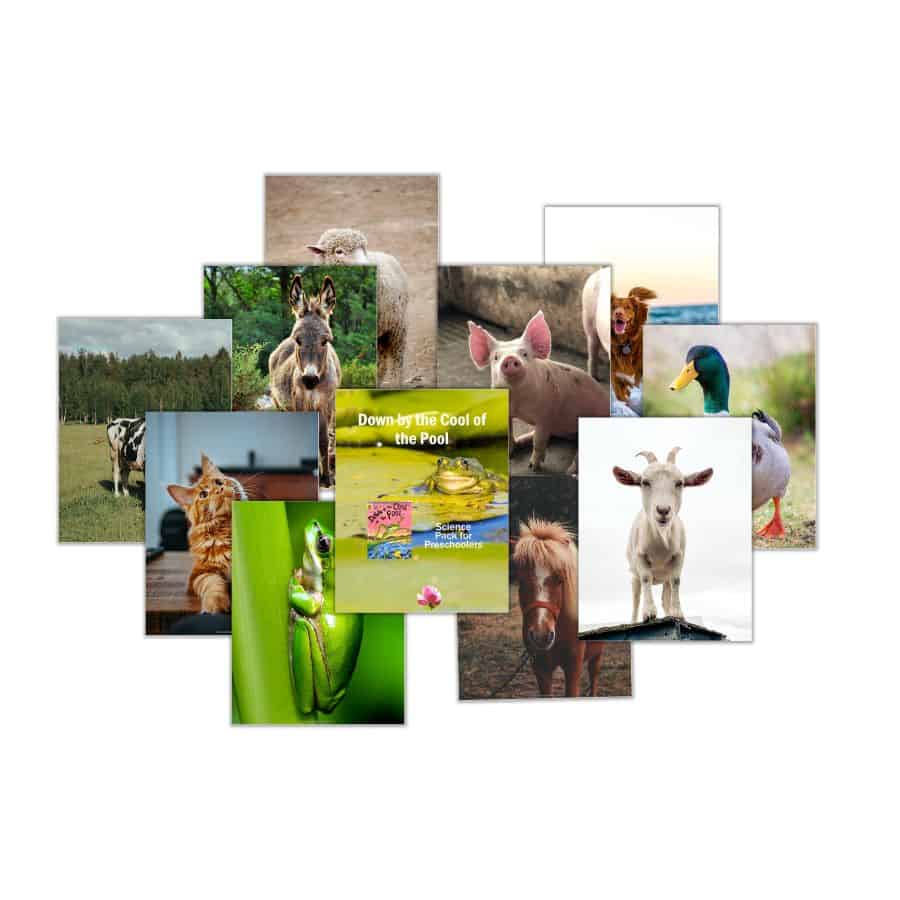
These interesting short videos from YouTube show the characteristics of some of these animals very nicely.
In the Down by the Cool of the Pool Science Pack, I included a real picture and a card with the most important characteristics of each of the animals that appear in the story, to help you introduce them to your children.
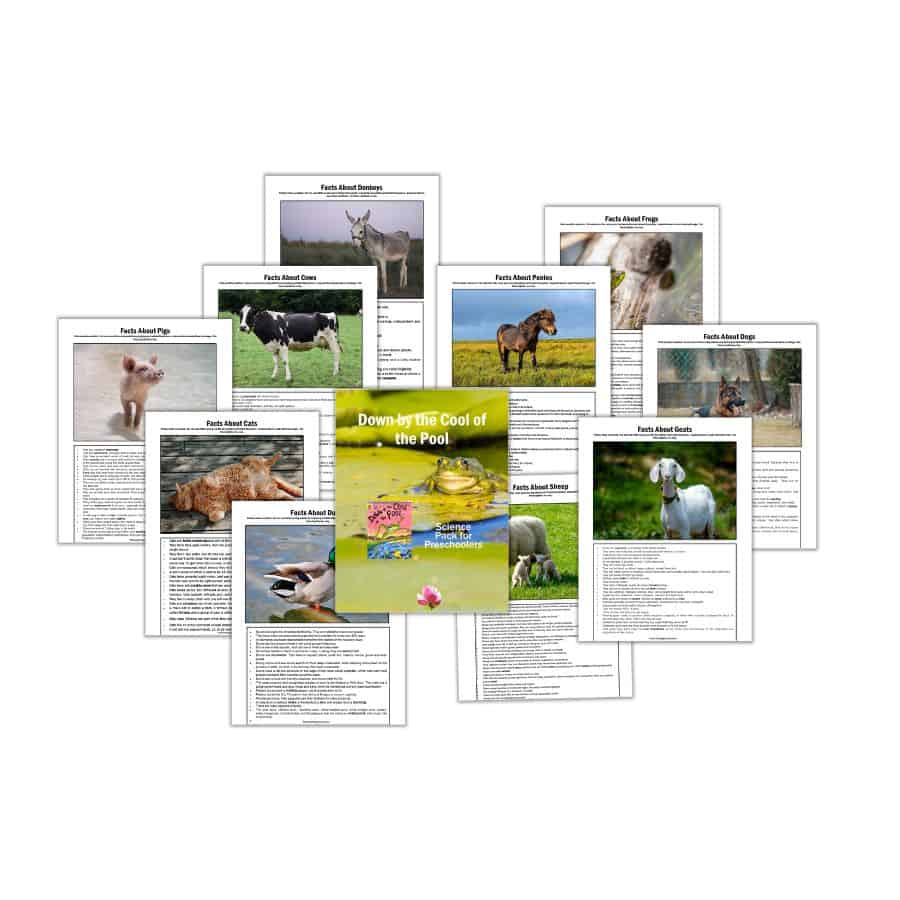
Frog’s Body Parts Matching Activity
Since the frog is the animal that starts the story and invites the other animals to participate in the fun, I am including two versions of this activity to teach the children the parts of it. One includes the name of the body parts and the other one doesn’t.
Print the pictures of a frog in white cardstock and laminate them. Cut out the tags with the names of the body parts previously printed in white cardstock and put Velcro in the pictures and the tags. Teach the children the names of their body parts and what are they for.
Decide the developmental level of each of your children, and invite them to match tags with the name of the body parts written on the picture, or just place the tags in the empty rectangles of the frog’s body parts.
These activities are part of the Down by the Cool of the Pool Science Pack.
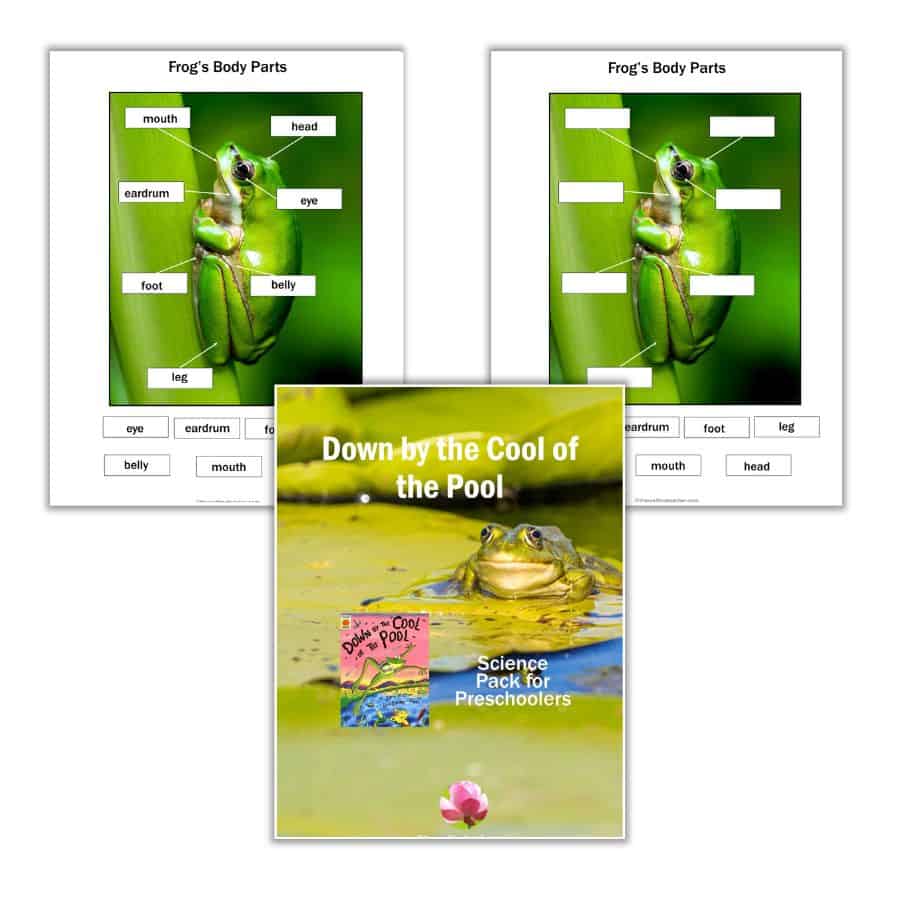
Name Match Activity
The story shows different animals, and this activity will encourage the children to match these animals’ names. The Down by the Cool of the Pool Science Pack comes with five pages with two sets of cards each, for a total of twenty cards. Each set has one with the picture and name of each animal and another card with just the picture, plus labels. They include the ten different animals that appear in the story: frog, duck, pig, sheep, cat, dog, goat, pony, donkey, and cow.
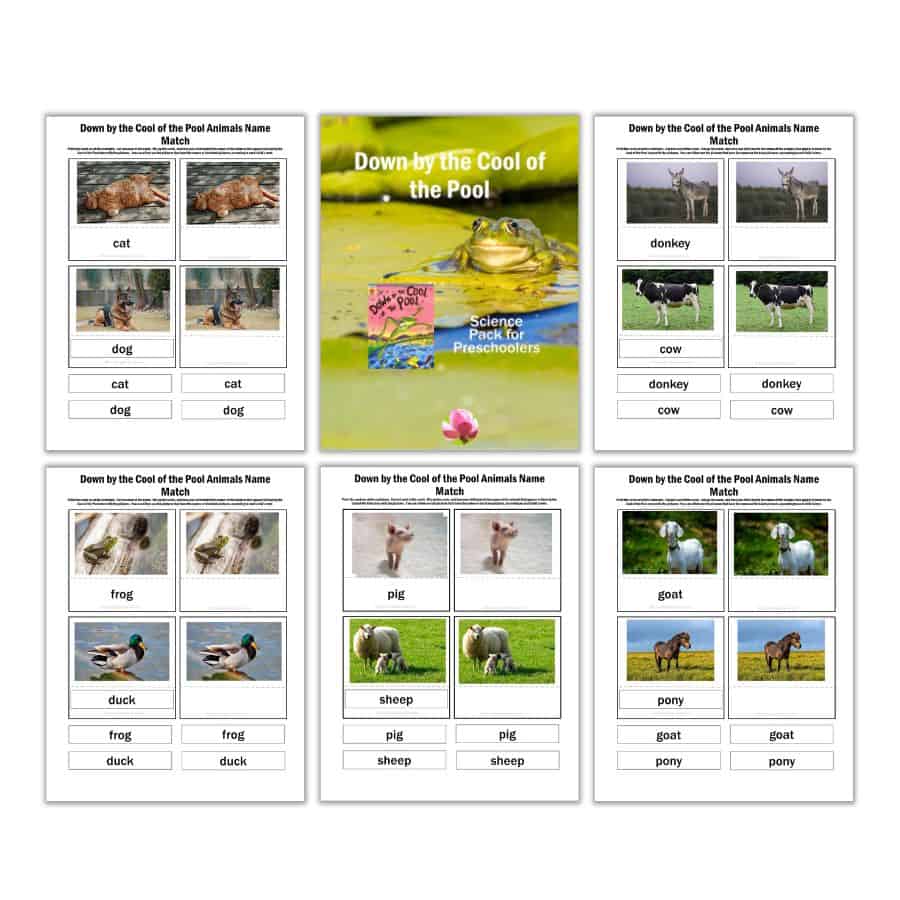
Print them in white cardstock and laminate them for durability. Cut out the tags with the names of the animals, and put Velcro on the cards and the tags.
Other Ideas
- Pool Sensory Bin – put water in your water table or a container. Include plastic water lilies, rocks, pebbles, and small farm animals (the ones that appear in the story), and invite them to recreate the story.
- Float or Sink Experiment – use the same water table or container, and leave the materials outside. Invite the children to predict which items will float and which will sink. Provide a chart paper divided into two parts (float and sink). Invite them to take one item at a time and find out if their predictions are correct. Then have them write or draw the item in the appropriate column of the chart. After they finish, discuss their findings, and ask questions about their experiment such as: “Why do you think this item was going to float/sink?”; “What happened when you test it?”; “Why do you think that happens?”. This way you will encourage them to develop their scientific language and stimulate their scientific thinking, problem-solving, and reasoning skills.
- Cheese Tasting – bring cheese made with goat and cow milk. Have the children try them and select which is their favorite. Make a graph with their answers. Explain what type of milk was used for each of the cheeses. Use the opportunity to ask questions about the texture, flavor, color, etc.
- Wool Artwork – bring real wool to class and invite the children to use it to make some type of artwork.
- Visit of an Expert – invite a veterinarian, a zoologist, or a farmer to come to visit the classroom and talk to the children about the different animals.
- Field trip – organize a trip to a close farm or petting zoo with your preschoolers and their families, so they can see the animals in person. If the field trip is not possible, maybe you can contact people who own some of these animals and invite them to bring them to your school or house.
Other Related Books
You can always read and add more books about farm life and animals to your library and other centers, to give children a wide learning experience and variety to choose from. I’m sure the previous activities will spice their curiosity, and these books could be an excellent source of knowledge.
Below are some you can use. You can find them at your local library, used book store, and on Amazon. For your convenience, I added my Amazon links to the titles, so you can go directly to the site if you want to purchase one.
- National Geographic Readers: Farm Animals by Joanne Mattern. This book will help children learn all about adorable farm animals.
- My Farm Friends by Wendell Minor. This book is a perfect introduction to our farm friends, using bold artwork and jaunty verse.
- On the Farm by Little Hippo Books. This book illustrates life at the farm, including all the classic farm animals, cows, horses, pigs, and sheep.
- Modern Farms by Jackie Nix. This nonfiction book introduces children to farm life, using rhyming verse and bright, attention-getting illustrations, to teach about the many different types of farms, from row crops to fruits and vegetables, to farm animals.
- Tractors Found on the Farm by Wordplay Groundhog. Using cute rhymes and farm illustrations, this fun storybook uses simple sentences and silly tractor pictures that include farm animals, barns, and classic agriculture scenery.
- This Book is a Farm by Lenna Grey. Kids will love becoming part of the story as they tackle interactive farm chores.
- Cows Can Moo! Can You? All About Farms by Bonnie Worth. Ideal for kids who love animals and machines, this is a perfect choice for families making their first visit to a farm or petting zoo, or for explaining where food comes from.
- Amara’s Farm by Ja-Nay Brown Wood. The playful text guides young readers to hunt for visual clues and compare and contrast the unique characteristics of pumpkins against okra, cauliflower, eggplant, and other produce that grows on Amara’s farm.
- The Busy Little Tractor by Little Hippo Books. This is a great story about friendship and helping each other.
- Barn in Winter: Safe and Warm on the Farm by Chambrae Griffith. Celebrate winter with this beautiful keepsake book lyrically written in rhyming verse with gorgeously rich illustrations.
- Counting Animals on the Farm by Goodzilla Books. A perfect book for little students learning to count from 1 to 10 fun and easy, with our animals.
- Mrs. Wishy-Washy’s Farm by Joy Cowley. This funny story talks about Duck, Cow, and Pig running away from Mrs. Wishy-Washy to the big city, where they get lost, wander into a restaurant, and even stumble into a hardware store and get covered in paint!
Pin It for Later
If you don’t have time to download the printable but want to use it in the future, just pin it to one of your Pinterest boards for later.
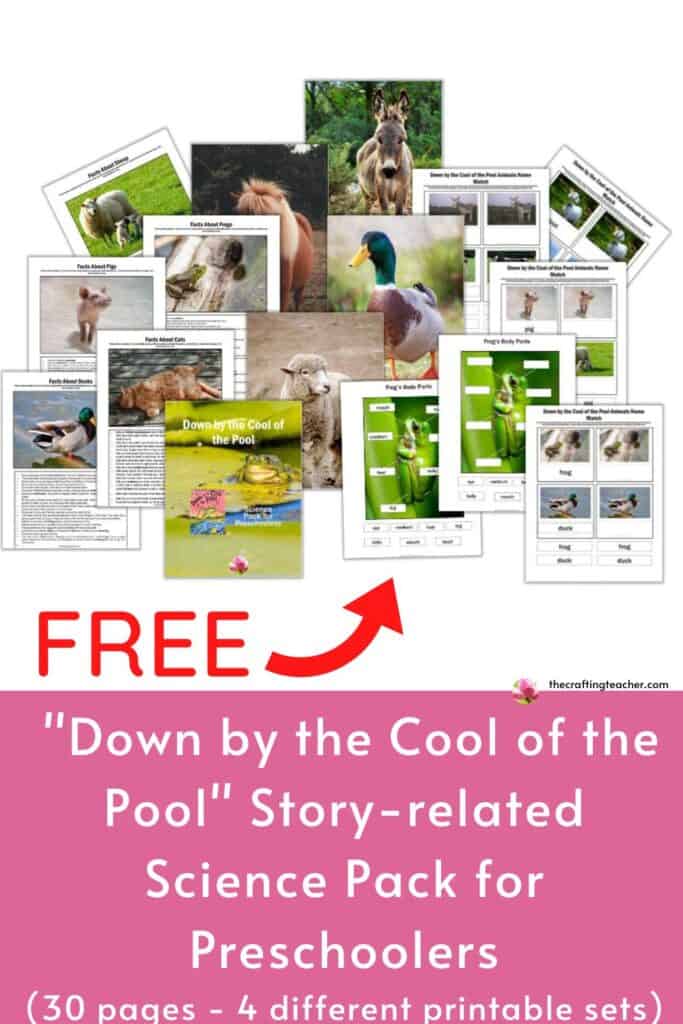
Don’t forget to grab your FREE Down by the Cool of the Pool science pack. Just click on the button below, and type your information. If you are already a friend, you won’t subscribe twice.
You can use these ideas by themselves, but I will invite you to combine them with the literacy and math activities I created for this beautiful story, Down by the Cool of the Pool, to take advantage of the opportunity this book offers. Remember that for a more comprehensive and complete educational process, you should not divorce literacy from math, science, or any other domain. They intermingle together and complement each other.
Be happy, safe, and creative. I wish you well.
Love,

P.D. Please let me know if you like any of these ideas worked for you, or if you think I need to add or replace something. My goal is to help you in any way I can and I don’t like anything better than to post something that you might find useful. Also, if you come up with different ideas and want to share them, I would love to post them as well.

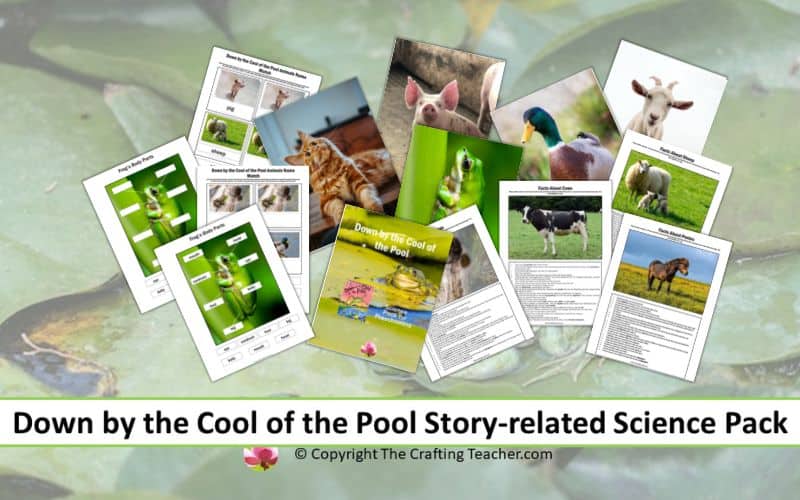

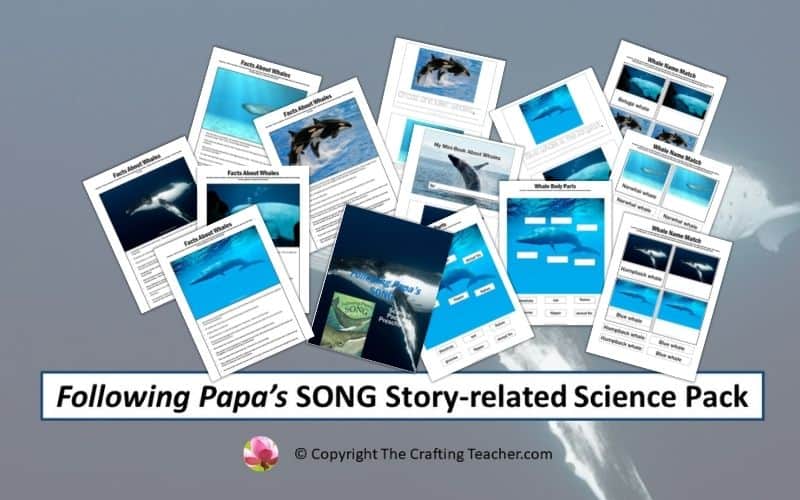
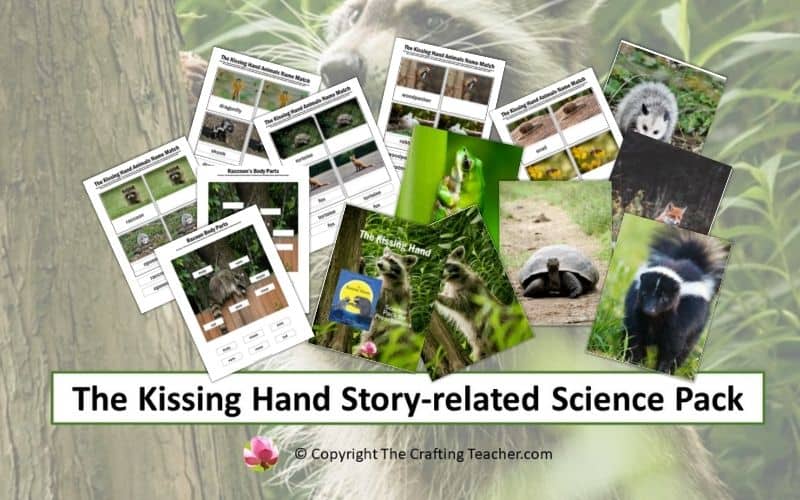

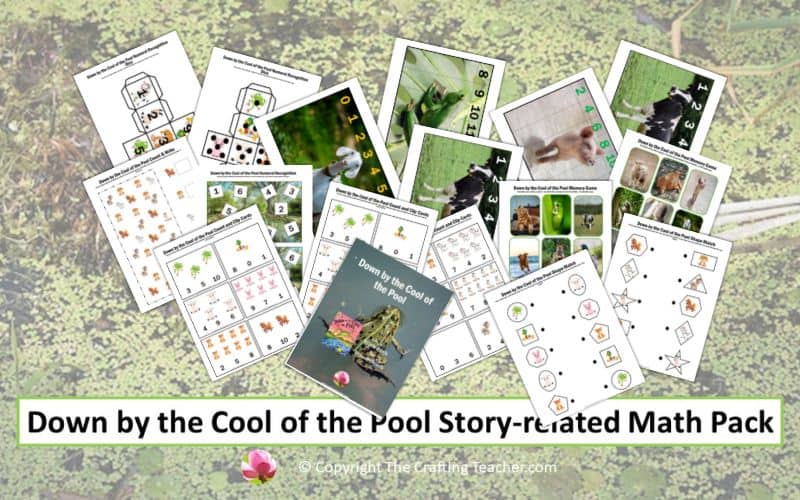
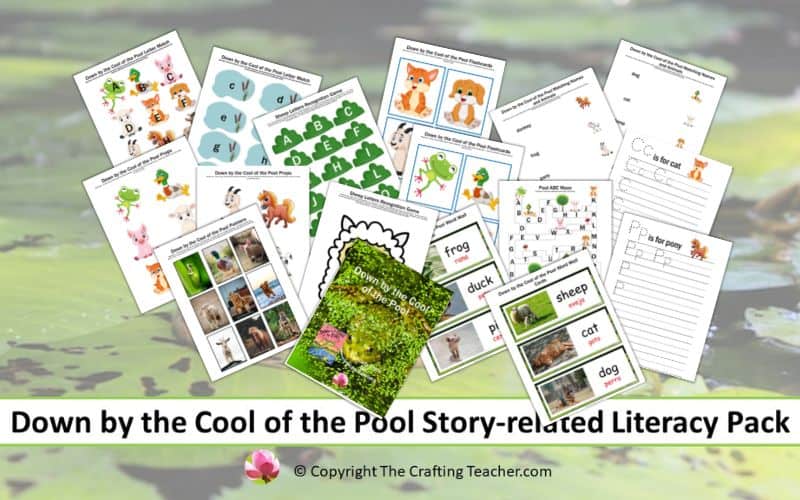
Congratulations Yey,
Excellent resource for parents of preschoolers; interactive, dynamic and complete. I already shared it with my daughters and coworkers.
Thank you!
Rosaura Miguelina Tavárez
Excellent resource Yey!
I am surprised with your creativity and greats ideas to involve our preschoolers in activities that help them to master life skills, to express ideas, feelings, and wishes.
I will share your this resource with my daughters and friends.
Rosaura Miguelina Tavarez
Thank you so much for your feedback! It means the world to me. I will invite you to check the other two
free packs for the same book, one for Literacy and the other one for Math. They complement each other very nicely. Also, if you need something specific, I will do my best to create it for you. Love, Yey